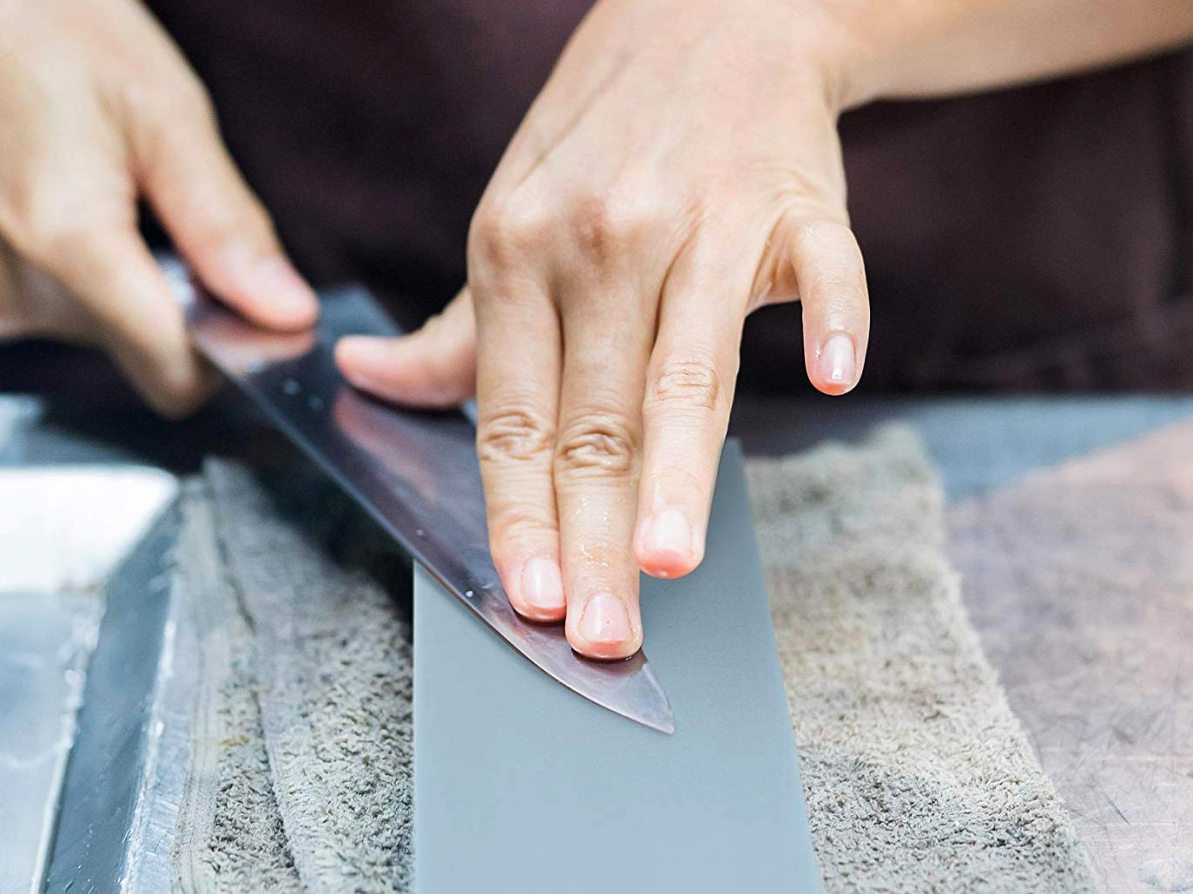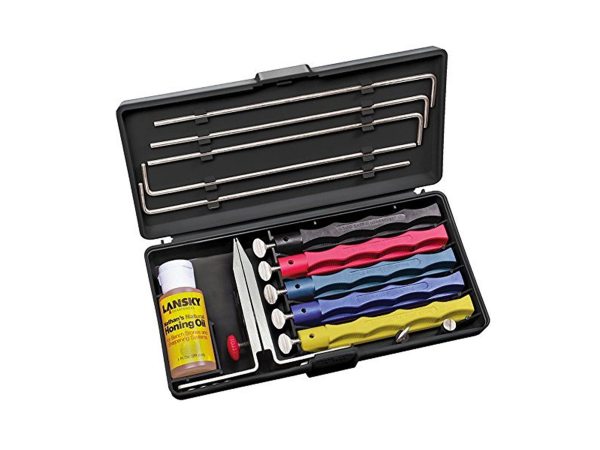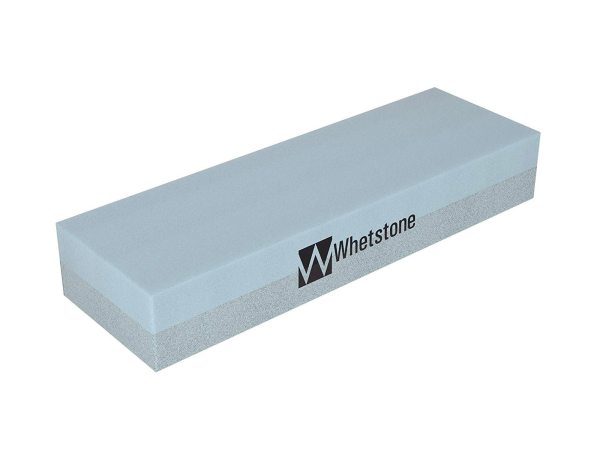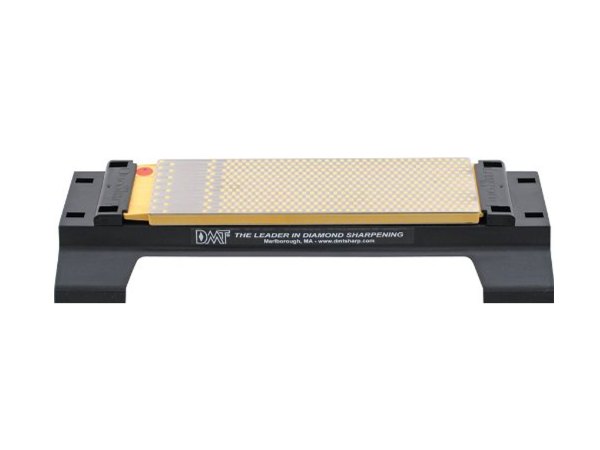We may earn revenue from the products available on this page and participate in affiliate programs. Learn More ›
Sharpening a knife on a whetstone is as much art as science. It doesn’t happen by chance or luck, and while there are some definite mechanical principles involved, the real secret to success lies in practice and feel. Even with automatic sharpeners, good technique matters. Here are three basics to keep in mind every time you sit down at the sharpening bench.
Sharpening stones basically come in two types, individual slabs and systems. A traditional sharpening stone sits flat on the bench top, requiring you to maintain a consistent angle as you draw the blade along the slab. There are exceptions, but generally speaking a hunting knife is best sharpened with the blade held anywhere from about a 22- to a 30-degree angle off the stone. The wider the angle, the more difficult it is to achieve a razor edge, but the more durable the hone. Commercial sharpening systems hold the stone at a predefined, optimal angle to ensure you get the perfect edge every time.
Whether you use a stone or a system, it takes multiple passes across a variety of grits for a blade to reach shaving sharpness. A double-sided whetstone with two grits is a good start, although to really hone the edge you will need to progress from that to possibly even finer grits, then perhaps a ceramic rod and, eventually, a leather strop.
Most stones either require water or special honing oil to lubricate the blade during sharpening. Lubrication keeps the pores of the stone clean, reduces heat from friction, and preserves the life of the stone. Make sure that you use the correct lubricating medium per the manufacturer’s recommendation. The exception is a diamond stone, which can be used either dry or with water.



